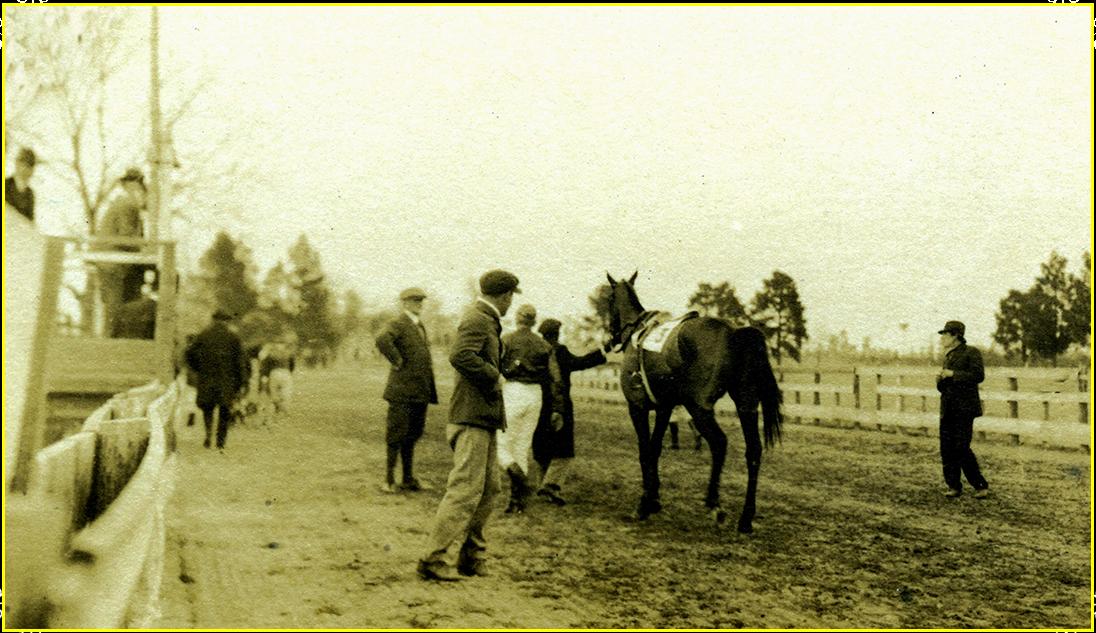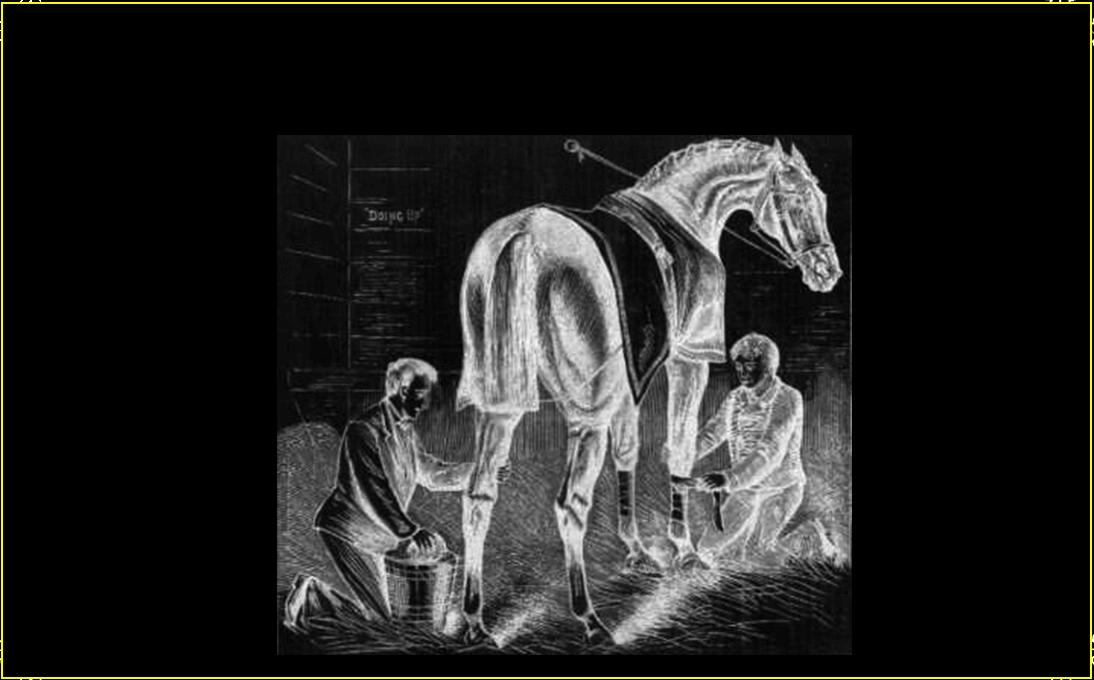Salves or ointments have been mainstays of herbal therapy through the centuries. I have often felt that where herbal medicine shines, and at times with brilliance, is in the topical relieve/cures of many epidermal lesions. Our ancestors had hundreds of years, if not thousands, to discover what plant materials seemed to help skin cuts, abrasions, burns, bites, and infections. It was a fairly straight forward, trial by error, research on their part that gave them a long heritage of doctoring skin conditions effectively, even without solid physiological knowledge. Simply place the herb or herbs on the skin and find if it helps or not. Many of these old herbal remedies have long been retired for more glamorous modern synthetics and compounds such as benzocaine and demethisoquin for pain relief; alclometasone, hydrocortisone, triaminolone, betamethasone for anti-inflammatory action; polymyxin, gentamicin, providone, neomicin for antibacterial action; clioquinol for anti-fungal action, and then throw in the zinc oxides, coal tars, and ichthammols. Impressive names and investments behind these modern ingredients, but can they really deliver?
One of my first experiences with the effectiveness of herbal medicine came from experimentation with salves. I have always been intrigued with Jimson Weed (thorn apple, Datura stramonium) and noticed that it was used in salves by many of the old ones. I found a recipe in the reprint of John Gerard's 1597 Herbal, Historie of Plants:
"The juice of thorn-apples boiled with hog's grease to the form of an unguent or salve, cures all inflammations whatsoever, all manners of burnings and scaldings, as well of fire, water, boiling lead, gunpowder, as that which comes by lightning, and that in very short time, as my selfe have found by my daily practice, to my great credit and profit."
I second this enthusiasm for thorn-apple by the Elizabethan physician, John Gerard. I went further and took Mrs. Maude Grieves advice from her book, A Modern Herbal, and added elder leaves to the formula, as well. My resulting homemade salve was spectacular. One dark winter evening, I was boiling water. I transferred the water to a cup and inadvertently poured a good amount on my wrist. I have been on this earth long enough to know that burns are very painful accidents, and I was resigned to several days of discomfort. I immediately placed some of my newly made salve on the burn and was amazed to find the pain gone in less than 30 minutes, never to return. This burn should have easily bothered me all night and been a problem for a few days. The next day only brought mild redness. I could have gone the modern route, placing my wrist under cold water for a few minutes than applying a hydrocortisone cream of some sort, but my experience with this has only been a fleeting relieve for minutes or hours rather than any degree of permanency.
As a racehorse trainer, one does not have a very wide selection of veterinary salves out there to choose from. In my race barn of the past, I heavily relied on Bag Balm as my ointment of choice. It purported to have antiseptic properties, and I liked the thinner petrolatum/lanolin base when compared to the heavier, stickier Corona ointment. I, also, had a furacin salve around the barn, along with the old standby, 20% Icthamol. Outside of those four commercial salves, one didn't have much choice. I have found herbal salves to be more versatile and effective as an vulnerary (wound healer).
Salves or ointments are semi-solid mixtures that are designed to soften on contact with the normally warm skin temperatures. Salves are designed to carry medicinal properties of the plant into contact with the skin and maintain this close therapeutic union. Likewise, salves can offer protective, emollient benefits through its unique coverage. Hog lard was one of the earliest bases used and is my salve vehicle of choice. Lard has a number of characteristics, I like. First and foremost it is cheap. Secondly, it has good skin penetration, unlike the non-animal/plant bases commonly used today. One of the main disadvantages of lard is that it tends to go rancid with time. This can be overcome with the addition of benzoin (10g of benzoin to 1000g of lard). Benzoin is a resin obtained from a tree of Sumatra or what was once known as Siam. Benzoin not only prevents rancidity of lard but has medicinal properties of its own. It protects skin from irritations and can act as an expectorant (remove secretions from the respiratory system) when inhaled.
















